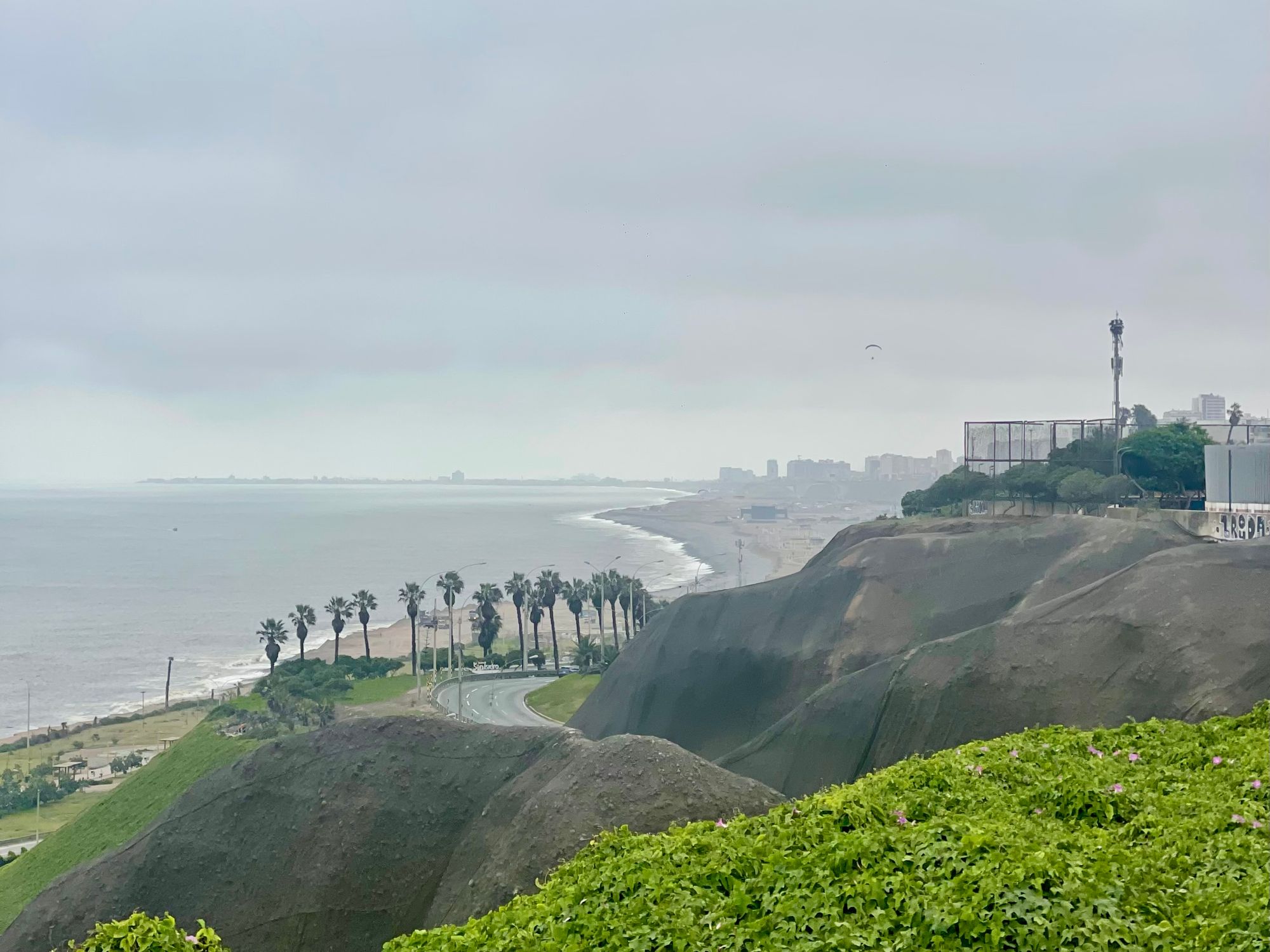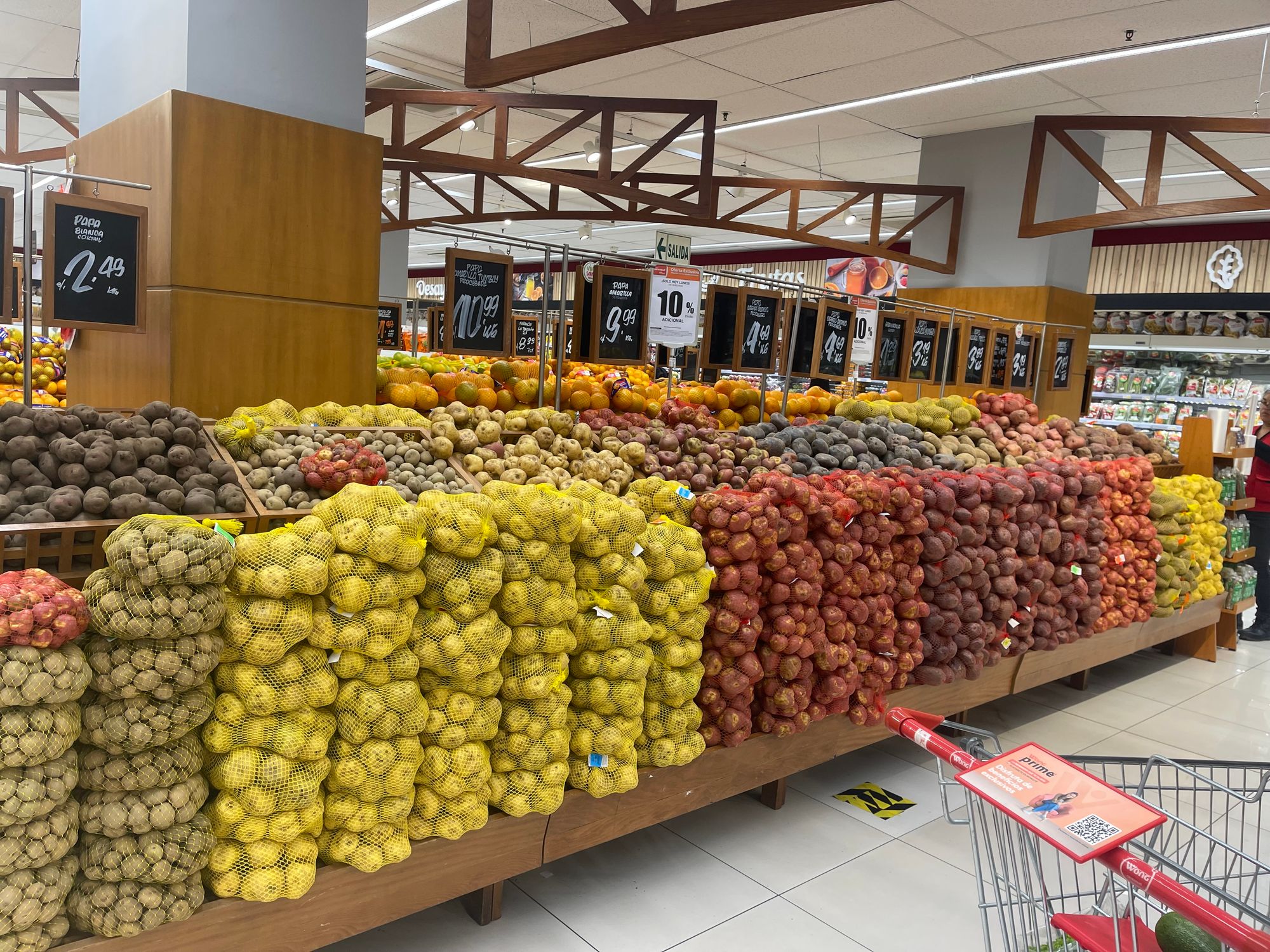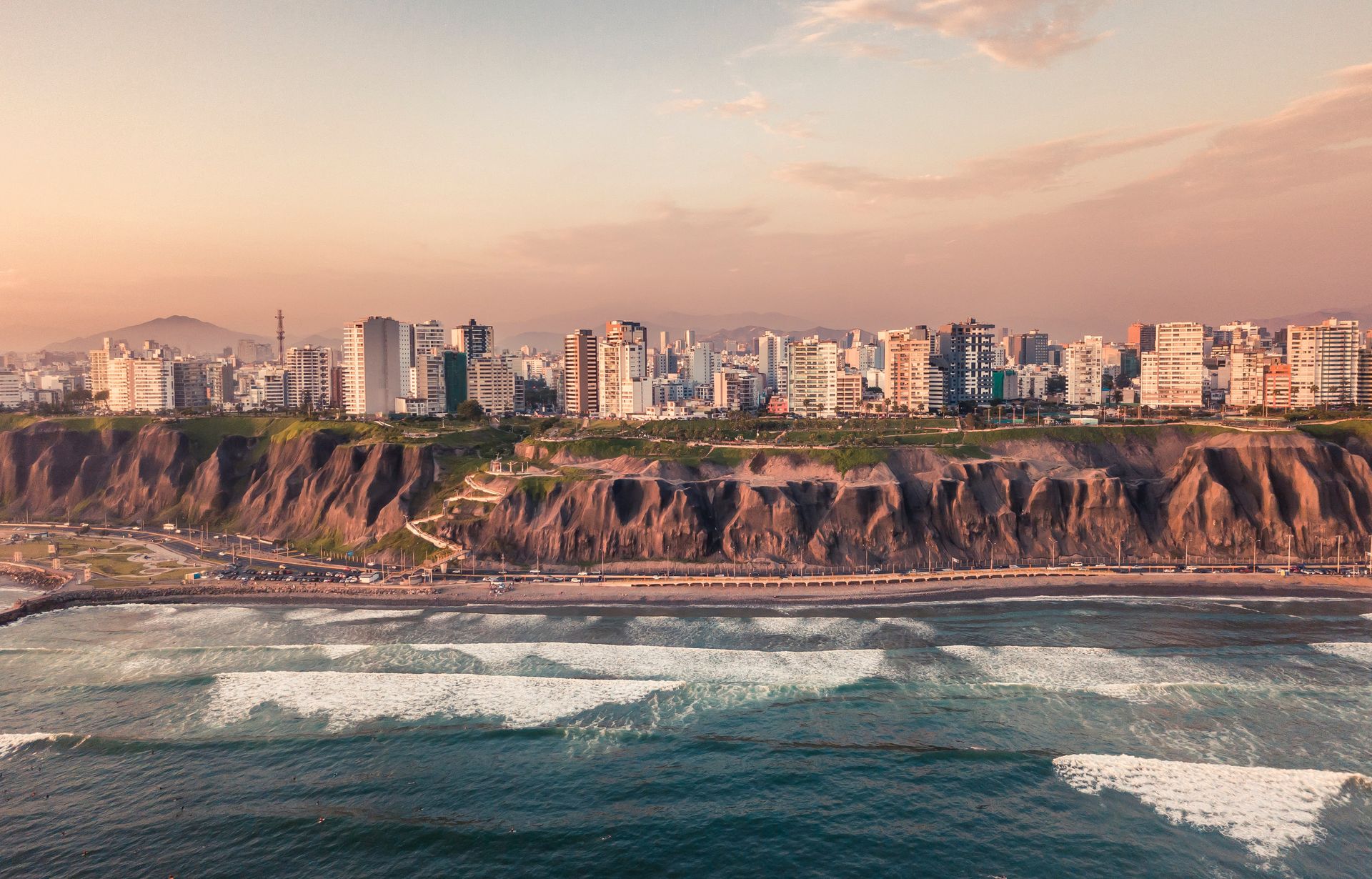When I decided to leave Bulgaria and move to Peru, I thought I was somewhat prepared for my new life. After all, I had spent a week in the country, visiting both Lima and Cusco, which should’ve given me a taste of what to expect from my new home. However, just a few days after my arrival I realised I knew nothing about the place and I was as unprepared as anyone could be.
In hindsight, I should’ve expected this. My first time in Peru was basically a three-night bender in Lima, followed by a Machu Picchu visit on the height of an altitude sickness headache that could’ve also just been an extended hangover. This is certainly not the best way to get to know a country, nor a bustling city of 10 million.
A month after I arrived here, Lima seems less like a scary beast than my first impression, which is good. However, it is still a crazy city which is also distinctly non-European and often baffling, though, it is also somehow charming. So, this post is about the charm, the bafflement, and my general impression after a month of survivalism in my new hometown.
It ain’t sunny
My European brain is simple - if something is ‘south’ it means it’s sunny. So, South America should be sunny, right? On top of that, ‘spring’ also correlates with ’sunny’, don’t ask me how and why. Because of all this, I expected to enjoy sunshine in springtime Lima - the capital of Peru, a South American country.
That was ill-informed and naïve.

Lima is definitely not a sunny city. It turns out the locals say it’s in the belly of a donkey because the sky is always grey. And when I say always, I mean it. Over the last month, there were no more than 5-6 days with some sun, and most occurred in the last week.
A ‘fun’ fact is that, on average, Lima has 1240 hours of sunshine a year, while London has 1659 sunny hours. So, I moved to a city with less sunshine than London, despite being in SOUTH America. Ugh.
The traffic is wild
Honestly, I don’t even know where to start with the traffic here because it’s just horrible. There’s heavy traffic basically all the time but the actual problem is how people drive which turns commuting into a rather traumatic experience. I know this sounds super European, but it’s been just a month, and I can’t shake some things off so quickly.
So, forget about zebra crossings, stop signs, right of way, indicator use, and all these fancy stuff. The rules here are rather simple - there are no rules and if somebody honks, they’ll probably do something stupid. That makes the traffic loud and chaotic. People honk and then stop in the middle of the road or make a left turn from the rightmost lane, among other things. If you’re a pedestrian on a zebra crossing, all approaching drivers will honk at you and increase the speed, so you should never think you can go first. And I can’t even describe the chaos people on motorbikes wreck.
As I definitely don’t plan to drive around this city anytime soon, I use a lot of Uber, taxis, and buses. The experience with them is usually like a rollercoaster, except during times when the traffic is so bad that you don’t even move. Recently, we went to a ballet with a bus which took over an hour to cover the distance of about 5 km.
There are also the so-called colectivos, which are like private cars that go on certain routes while taking people on the way. Their drivers slow down or stop at every bus stop, honk at the people on the street and yell their destination in a hunt for new passengers. Often the colectivo cars look like vehicles that shouldn’t be allowed on the road but there they are, adding to the chaos and confusion.
Definitely a potato country
Don’t let the ceviche trick you with its bright freshness - the staple food in Peru is potatoes. This shouldn’t be exactly a shocker, considering Peru is where potatoes were first domesticated thousands of years ago. However, the love Peruvians hold for potatoes is probably what inspired the ’till dead do us part’ wedding vow because they put it everywhere.
As a native of tomato Europe I was surprised how little ground the tomato holds here and even more surprised what a wide variety of potatoes there is. Yellow, white, purple, red, a multi-colour variety and the well-known sweet potatoes are just the main options. I’ve tried a few meals with different potatoes, and there’s also a surprising variety of available chips.

Obviously, when you go to the supermarket, you will see the whole potato variety in the stalls. Honestly, I am not sure how to make the potato choices but having so much potato in one place is impressive.
Just one kiss
The first people I met in Peru smiled a lot but never said their names. The women kissed me on the right cheek, while the men gave me awkward handshakes that often turned into something like a hug, but were never actual hugs. Having the very Bulgarian habit of kissing both cheeks if I ever kiss someone, I had a few occasions where I almost bumped heads, while exchanging pleasantries in bad Spanish. Eventually, I didn’t get the name of most of the people and I was left feeling confused about the social norms.
Now I know that people here kiss only on the right side and in the process they can touch shoulders. This goes even for people you meet for the first time, though men are not always committed to it. When you meet someone new, usually they don’t say their name because your common acquaintance has to introduce you. If your Spanish is poor and you don’t get the name, you can smile with a confused expression and people will be kind enough to just pity you.
Handshakes seem to be a very formal thing and I am not completely sure when it is appropriate to use them. On the bright side, when I expressed my social confusion about it, people were always welcoming and friendly and explained their views on the norms.
Everyone says it’s super dangerous
If you happen to talk with local Peruvians about going around, they will surely start warning you to basically not go anywhere. Maybe walk around Miraflores or San Isidro, but be careful, use Uber and don’t trust anybody. Also, don’t use your phone on the street and don’t leave it on the table in cafeterias and restaurants. In general, the vibe locals give is that Peru is super dangerous and chances are you will die if you go to 99% of places.
From my experience, this is simply not true. Of course, I didn’t go to the most dangerous areas, nor stray away from big, busy streets, but my general feeling of Lima is similar to other big cities, including in Europe. I never felt like there was an imminent danger coming and the worst that I’ve seen are some very annoying street salesmen and taxi drivers. However, Paris and San Francisco have made me feel much more nervous about my safety than anything here in Lima.
Maybe the important takeaway here is that you need to be smart, just like everywhere else. If you see a shady street, better move away. If someone bothers you, don’t engage too much, smile, be kind, tell them your friends are waiting for you and keep going. If you have expensive stuff on you, better hide them, or don’t bring them at all. It’s all touristic common sense, so just use it and it will be all right.
